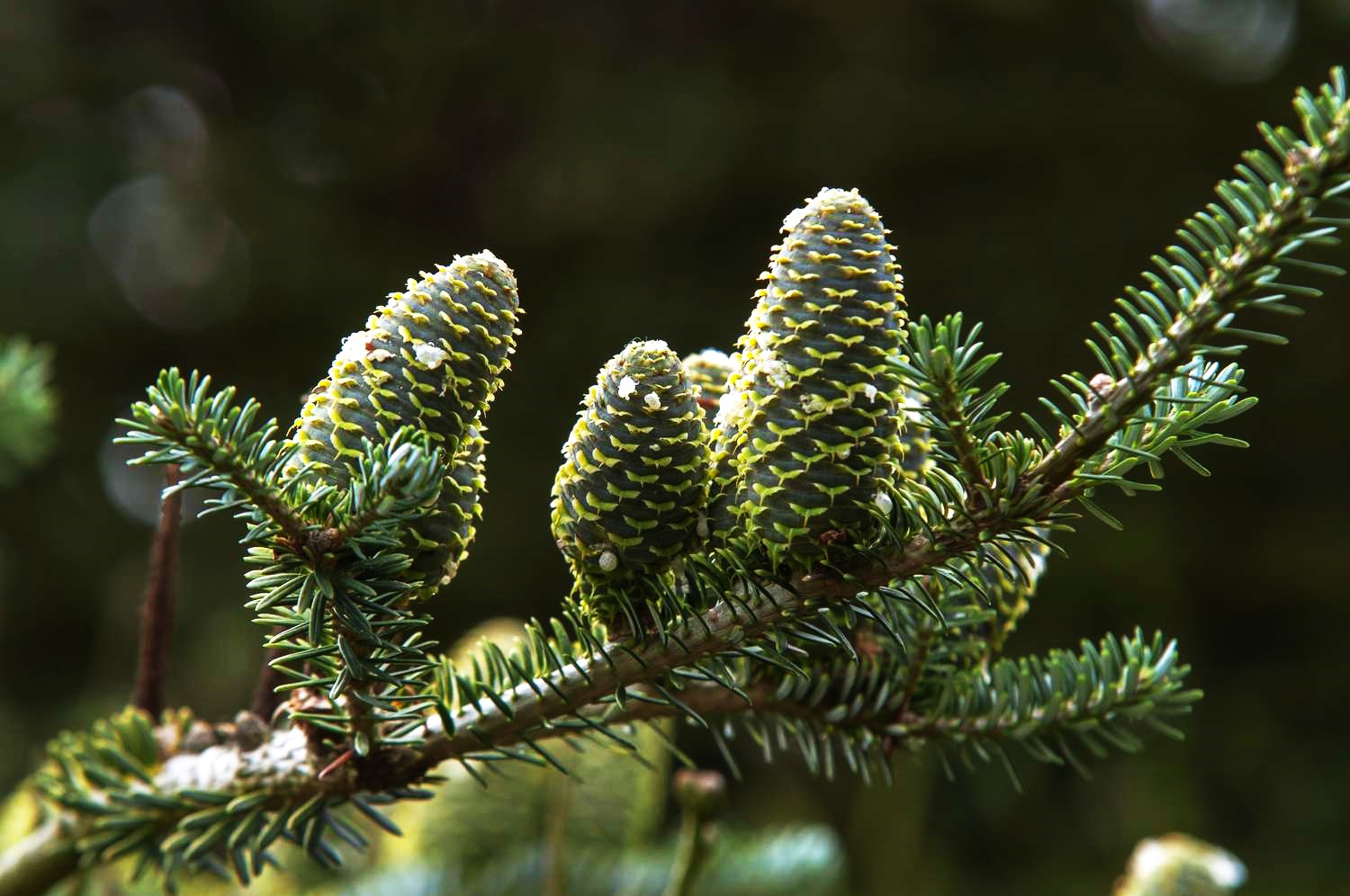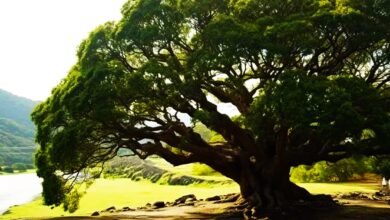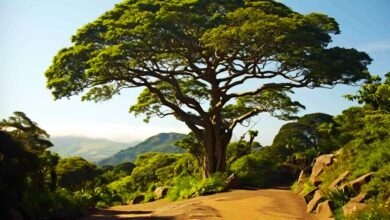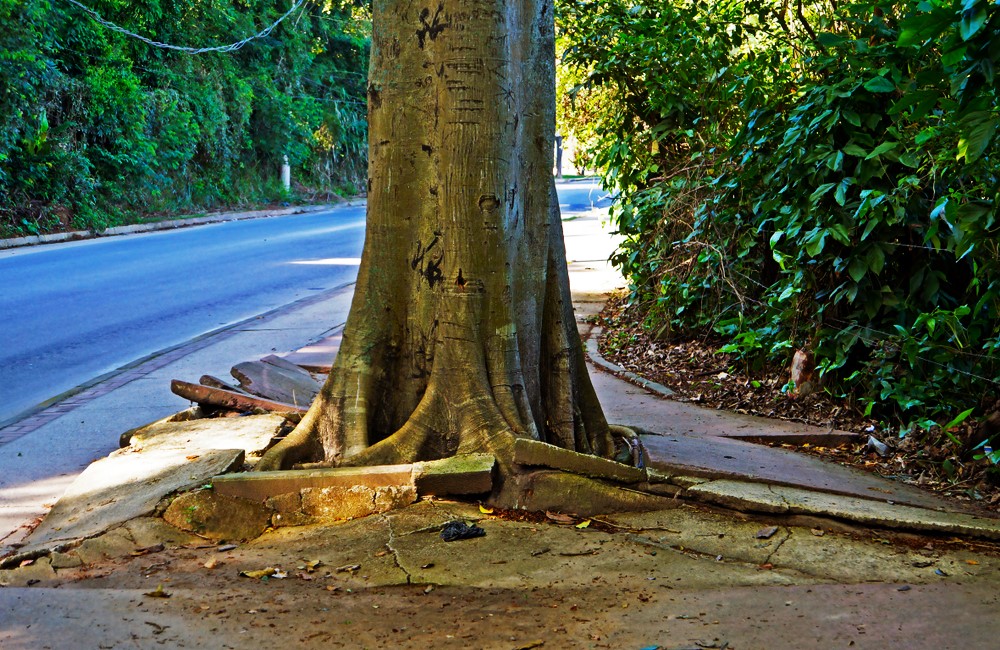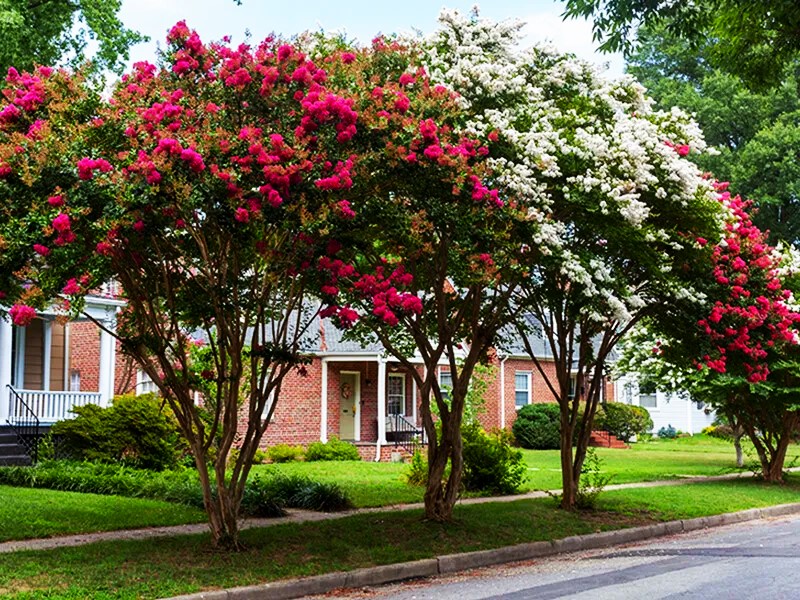What is a Norway Maple: How to Grow Norway Maple Trees
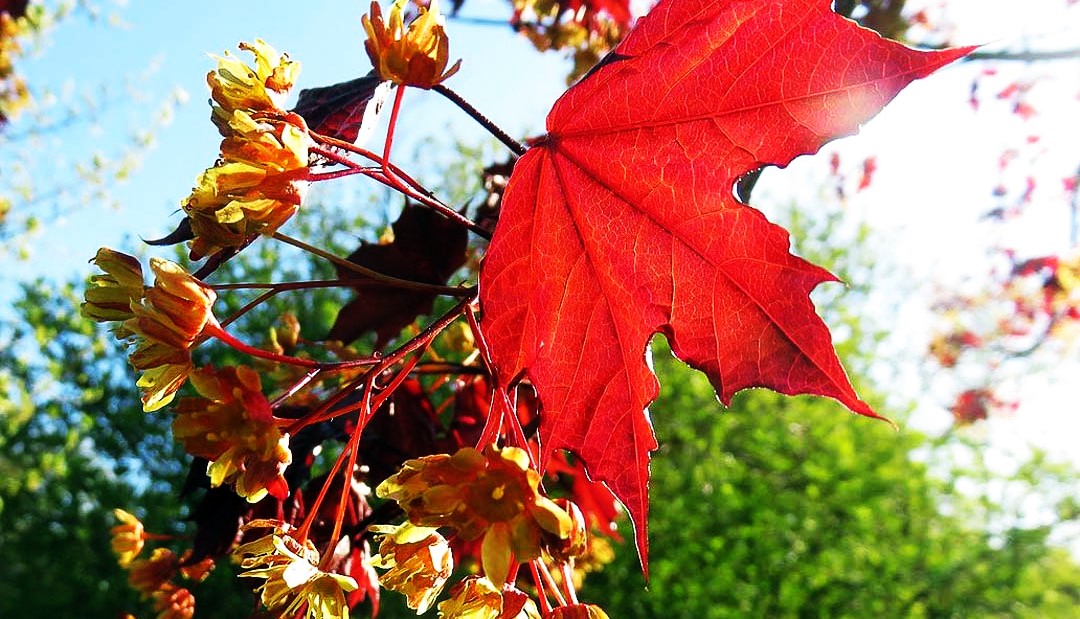
You need look no further than the Norway maple if you’re looking for a stunning medium- to large-sized maple tree. Native to Europe and western Asia, this lovely plant has naturalized in some parts of North America. Growing Norway maples can be problematic in some areas where they self-seed and supplant other native plants. However, with proper maintenance and handling, this tree can make an excellent shade tree or stand-alone specimen. Discover the ease of care and classic ornamental appearance of Norway maple trees by learning how to grow them.
Details of the Norway Maple Tree
Classics in the landscape genre are maple trees. The Norway maple, or Acer platanoides, is a common shade tree that resembles sugar maples and has carved out a place for itself in the culture. The plant maintains a compact crown and dense growth through multiple seasons of interest.
The Norway maple can grow in a wide range of soil types, including clay, sand, and acidic environments. It also has a high tolerance to pollution. If precautions are taken to reduce the number of seedlings, which proliferate the following season, this graceful tree can be a valuable addition to the landscape. John Bartram brought the Norway maple to Philadelphia in 1756. Thanks to its beautiful form and versatility, it gained popularity as a shade tree very quickly. But it has started to displace native maple populations in some parts of the country, and it may be invasive from the northeastern to Tennessee and Virginia. In the Pacific Northwest, it is a plant that raises concerns. Trees have nicely rounded, compact crowns and can reach heights of up to ninety feet (27 meters).
The smooth bark of young trees turns black and wrinkled with age. While most Norway maple trees have brilliant gold fall foliage, some varieties, like Crimson King, have deep reddish fall hues. Regarding its root system, Norway maple trees have some crucial information. Because the plant generates so many surface roots, roots may become dangerous.
Growing Norway Maple Trees: A Guide
USDA zones 4 through 7 are hardy for Acer platanoides. This extremely versatile tree thrives in both full and partial shade. It is drought tolerant for brief periods of time, though some leaf drop may occur. It prefers well-drained, moist soil. When a Norway maple tree is young, it might need some training to help it form a sturdy scaffold and a good, strong central leader. Plants can be readily moved, causing minimal disruption to their foliage or root structure. Norway maple grows quickly and is resistant to damage from storms and ice. With proper care, these trees can easily develop into eye-catching focal points for the shade garden.
Norway Maple Tree Maintenance
Taking care of the samaras, or seed fruits, is one of the best parts of caring for Norway maple trees. These fruit with wings have the ability to fly and travel great distances from their parent tree. They spread easily and can become a problem in rural areas or close to natural forests. It is possible to stop wild seedlings from becoming a problem by pruning at the end of the season, right before the samaras turn brown.
The only other maintenance required are extra watering during the sweltering summer months, fertilizing in the early spring once a year with a well-balanced diet, and cutting out any rotten or damaged wood. These trees are quite healthy if left alone the majority of the time and have few of the typical problems with maples. Although this increases their appeal, care should be taken in areas where the plant is regarded as invasive.

